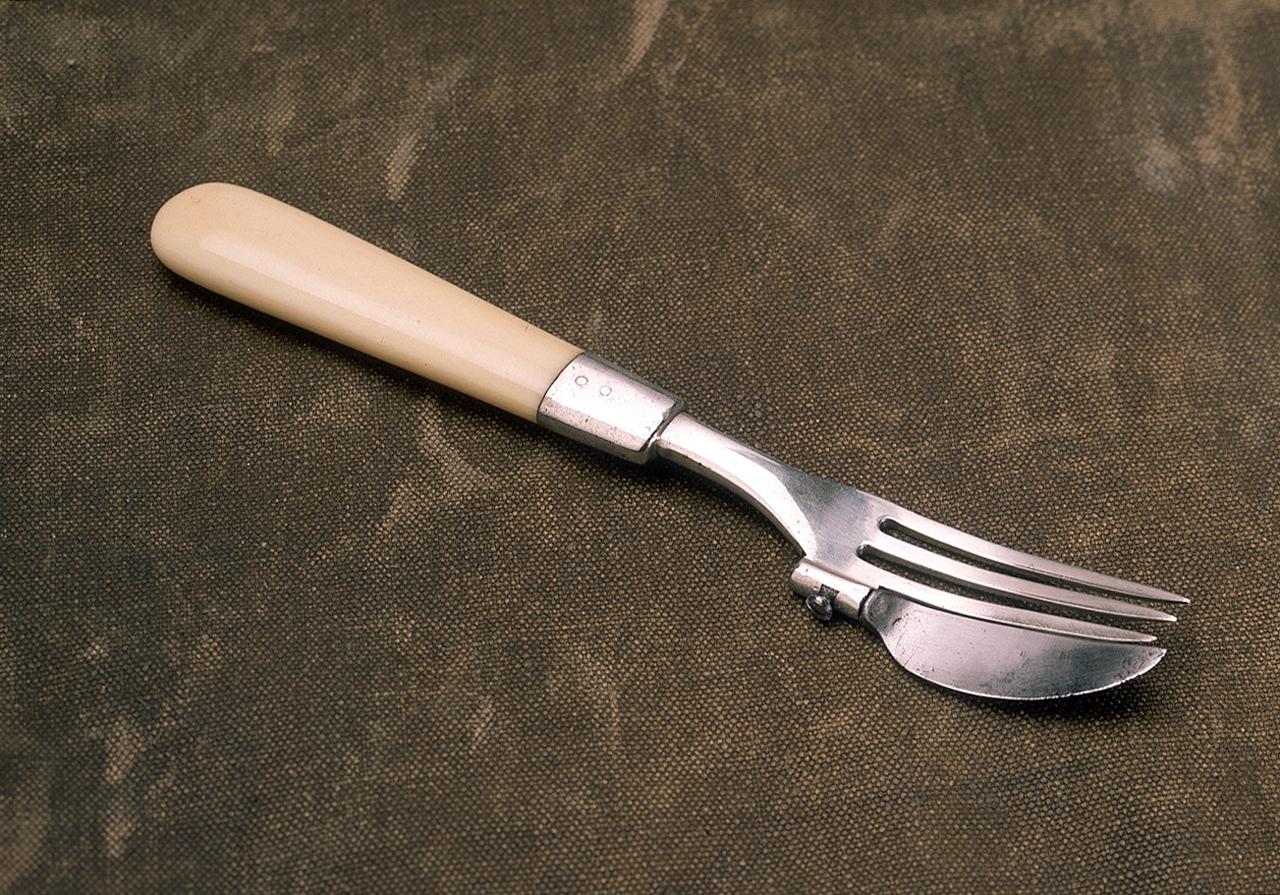
Our Volunteer Steve Wright, uncovers the fascinating story of five ship portraits created by a "man without hands".
The museum collections contain numerous artefacts relating to disabled seamen, the best known being the combined knife and fork used by the one-armed Admiral Nelson - currently on display in Nelson, Navy, Nation

There are also paintings and sculptures by disabled artists, ranging from Sir Joshua Reynolds – partially deaf for most of his career – to Yinka Shonibare MBE, who uses a wheelchair since being diagnosed as a student with Transverse Myelitis.
Recently, cataloguing work (described here by Katy Barrett) on the Museum’s vast array of ship portraits has uncovered five watercolours made in the 1780s which fall into both of these categories.

All five depict ships either engaged in the American Revolutionary War (1775-1783) or, in one case, setting off for Australia during the peace that followed. Apart from their historical interest, what stands out about these pictures is that, according to their inscriptions, they were the work of a severely disabled man:
![Done by Benj[ami]n Toddy a Man without hands](/sites/default/files/styles/max_width_1440/public/Ship%20portrait%2C%20artist%20had%20no%20hands%201.jpg?itok=5O_Agcz8)
The artist’s condition is revealed below his picture of one of the first storeships to sail for Australia:

An annotation (in a different hand) squeezed into the bottom-right corner tells us more about Benjamin Toddy and provides a graphic description of his disability:

So here, among hundreds of other ship portraits, many by established professionals working in comfortable conditions, are some of a very different nature: works by an amateur living with life-changing wounds at an institution whose buildings stand a stone’s throw from the museum here in Greenwich.
Curious to know more, and having learnt that Greenwich Hospital’s records contained interesting biographical detail, I made a trip to the National Archives. A Benjamin Toddy, aged twenty-eight, was indeed entered into the books on 25 July 1783, having served five years in the Royal Navy, and last ‘belonging’ to the warship Magnificent, which saw much action in the Americas during the recently-ended war. The records also confirm his disability. And twelve years later, on 2 September 1795, he is marked “DD” – this stands for ‘Discharged Dead’.
We know little else, although those interested might wish to read a fuller artist’s biography and view his other works
How exactly Toddy was injured, how he painted such charming ship portraits, and who or what they were intended for will for the time being remain uncertain, but it raises the interesting possibility that talented pensioners could produce and sell work (if only locally around Greenwich, as might be the case here: see the description of PAG9678). A parallel exists in the memoirs published in 1796 by a one-legged ex-seaman in order “to get a few shillings” and supplement his Chatham pension (William Spavens, The Seaman’s Narrative; editions in the Caird Library). Whether through words or pictures, it seems that some cruelly disabled but enterprising mariners managed to capitalise on exciting life stories during the years of their enforced retirements.
The next blog in this series looks at a ship portrait, where the ship is not the focus. Read it here